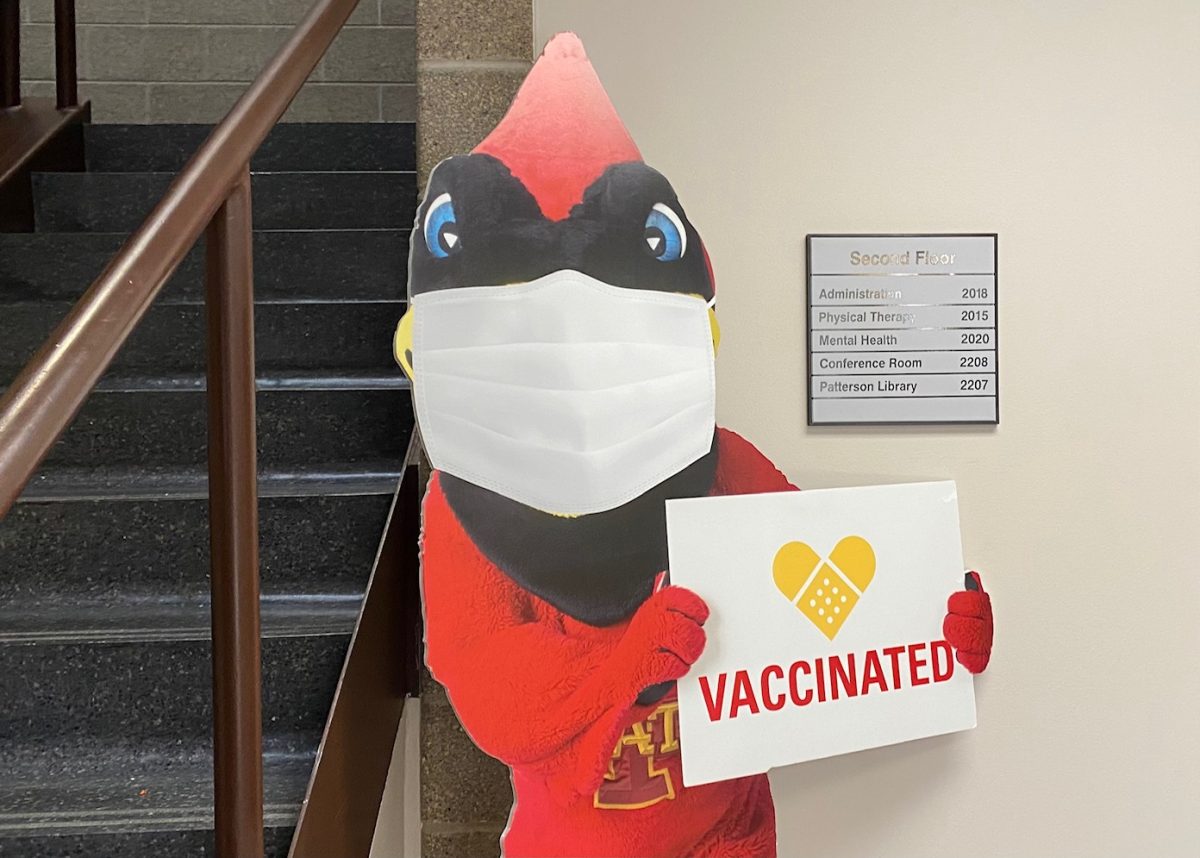Students combat SADness
November 12, 1998
Instead of catching the flu bug when it gets cold, some people come down with the winter blues.
People who suffer from Seasonal Affective Disorder (SAD) experience the usual symptoms of depression, but their depression is contingent on the season, said Jeanne Burkhart, psychologist at Student Counseling Service.
She said they may see changes in their eating habits and sleep habits, feel down and less energetic, gain weight and have difficulty waking in the morning.
Although many people suffer from at least some of these symptoms, SAD sufferers experience them to such extreme levels they can no longer function normally, Burkhart said.
However, many students may have a hard time determining the difference between SAD and normal winter “blahs.”
“I’m always tired during the winter,” said Bryan Steen, freshman in elementary education. “It’s so dark all I want to do is sleep.”
Although he has less energy in the winter, Steen said he does not feel he has SAD.
He plans to stay active in the winter months by snow skiing and playing snow football with his roommates.
Burkhart explained the difference is a matter of intensity.
“A typical student will get up and feel okay and have a normal amount of energy throughout the day,” she said.
“But for a depressed student … everything will be an effort,” Burkhart said.
People who suspect they may have SAD should see a doctor, Burkhart said.
Even though SAD is not common in Iowa, she said Iowans still should take preventive measures.
“The best way to avoid it is to find a group of supportive people that a student can talk to, stay active, exercise, eat right and most importantly, stay away from drugs and alcohol,” she said.






